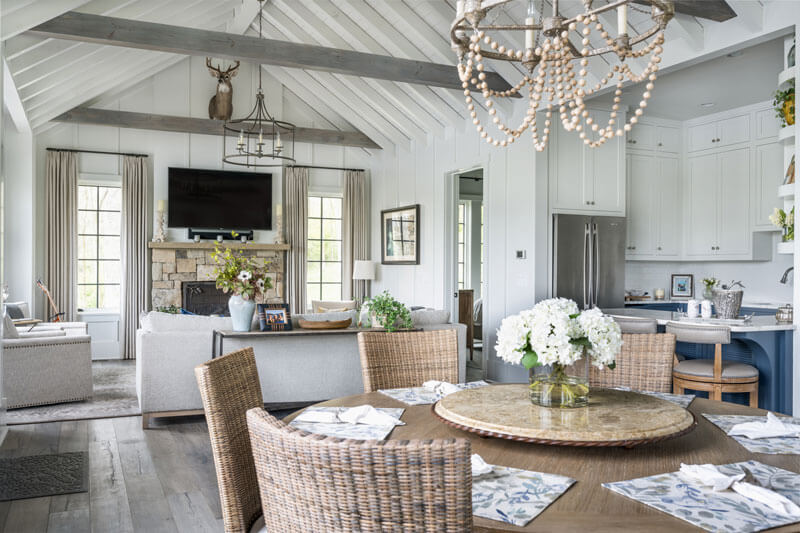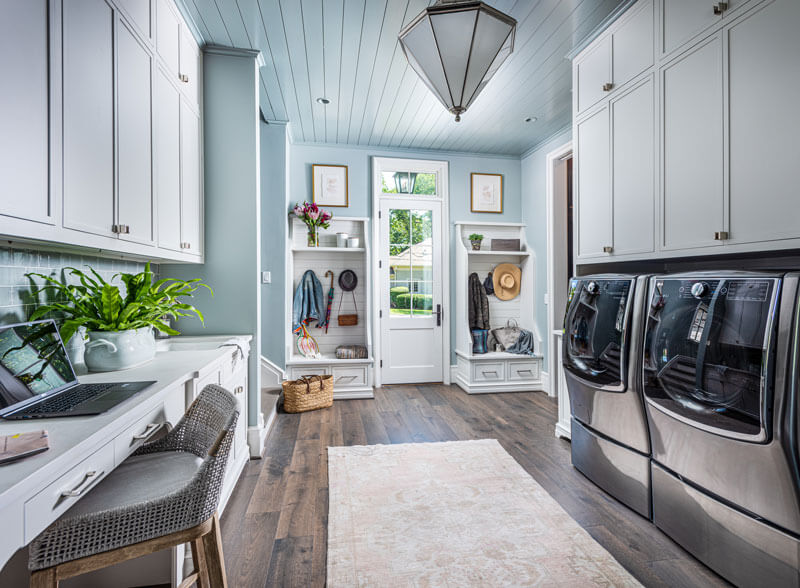Simplifying Home Automation
The trick is to choose the technologies you need, while ignoring those you don’t
For some people, a new custom home is a chance to get the latest digital bells and whistles. The problem is that home automation can feel like a daunting topic and the wrong choices can lead to frustration.
Which technologies will make life easier, and which will have you cursing?
It may seem counterintuitive, but the first step to a happy outcome is to not think in terms of technology. Instead, think through what would make your day-to-day life easier and more pleasant. Then work with your builder to craft solutions.
The most common benefits homeowners want are a feeling of security, the ability to listen to music and a comfortable, well-lit interior. Technologies that enable these can be simple or complex.
Security.
Some people want to see and control what’s going on in their home at all times. They might want an array of hardwired cameras, along with the ability to give temporary entry codes to guests and service providers and to track how long each person stays in the house.
But most people consider that overkill. They’re happy with a video doorbell that shows who is at the front entry, and an internet-enabled lock that lets them use their phone to open the door for Grandma so she can drop off cookies. These are popular and inexpensive.
Sound.
Are you an audiophile who wants the ultimate sound system with a central music server and hardwired high-fidelity speakers in every room? Or would you be happy with a few wireless speaker locations and the ability to stream music from a phone or tablet?
Comfort.
According to a 2018 study from Zillow, smart thermostats were one of the top amenities requested by homebuyers. But while the ability to control temperatures remotely sounds great, the truth is that once the thermostat setpoints have been programmed, few people ever mess with them.
Lighting.
Your home’s lighting affects your safety, health and mental well-being. We think it’s something people should consider investing more in.
We often see resistance here. Most everyone wants to avoid the banks of switches that are common in some large homes, but past experiences make people worry that automated lighting controls will be complicated. The truth is that today’s best controls are intuitive and easy-to-use.
Even if you don’t want an automated whole-house system, lighting control can really earn its keep in key areas.
For instance, a bedside switch can be programmed to activate a path of low-intensity lights that get someone safely to the bathroom at night without waking their partner or risking a fall. It’s a great choice for older people, and can be easily re-programmed if needs change.
Don’t forget natural light. Automated blinds can self-adjust with the angle of the sun, which helps maintain a pleasant environment. They also reduce heating or cooling costs and create a sense of privacy.
These are just a few examples of how to approach home automation. Again, the first step is to think through your needs, then consider what technologies will best satisfy them. Your professional builder can help with that process.

